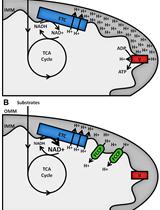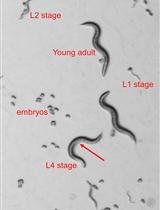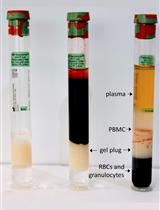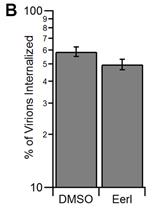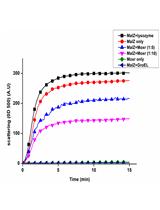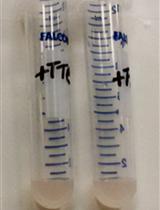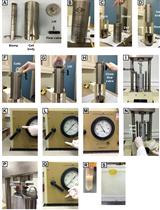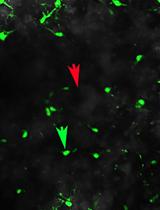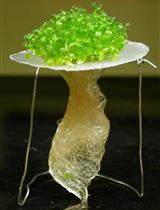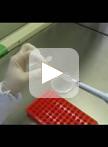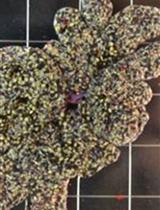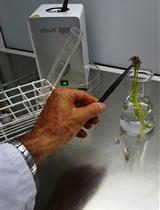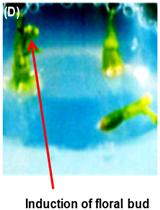- Submit a Protocol
- Receive Our Alerts
- EN
- Protocols
- Articles and Issues
- About
- Become a Reviewer
Past Issue in 2017
Volume: 7, Issue: 2
Biochemistry
Assay to Access Anthelmintic Activity of Small Molecule Drugs Using Caenohabidtis elegans as a Model
Cancer Biology
Assessment of Cellular Redox State Using NAD(P)H Fluorescence Intensity and Lifetime
In vitro Dephosphorylation Assay of c-Myc
Developmental Biology
P-body and Stress Granule Quantification in Caenorhabditis elegans
Transplantation of Mesenchymal Cells Including the Blastema in Regenerating Zebrafish Fin
Immunology
Isolation of PBMCs Using Vacutainer® Cellular Preparation Tubes (CPTTM)
Virus Binding and Internalization Assay for Adeno-associated Virus
Microbiology
Aggregation Prevention Assay for Chaperone Activity of Proteins Using Spectroflurometry
Quantification of Triphenyl-2H-tetrazoliumchloride Reduction Activity in Bacterial Cells
Protein Expression Protocol for an Adenylate Cyclase Anchored by a Vibrio Quorum Sensing Receptor
Neuroscience
An Acute Mouse Spinal Cord Slice Preparation for Studying Glial Activation ex vivo
Plant Science
Nitrate Assay for Plant Tissues
Pseudomonas syringae Flood-inoculation Method in Arabidopsis
Two-electrode Voltage-clamp Recordings in Xenopus laevis Oocytes:Reconstitution of Abscisic Acid Activation of SLAC1 Anion Channel via PYL9 ABA Receptor
Bioassay of Xanthomonas albilineans Attachment on Sugarcane Leaves
In vitro Floral Induction of Cuscuta reflexa






